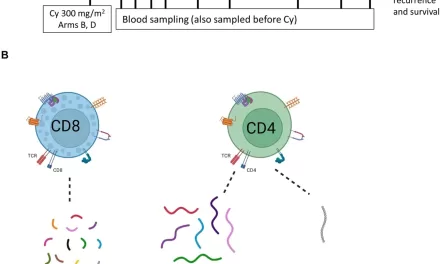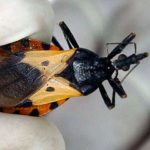September 17, 2024
An international team of researchers, led by Professor Alexander Bartelt from the Institute for Cardiovascular Prevention (IPEK), has made a groundbreaking discovery about brown adipocytes—specialized fat cells that play a crucial role in regulating body temperature and metabolism. Their findings, recently published in The EMBO Journal, offer new insights into how these cells generate heat by burning calories and could pave the way for novel treatments for metabolic diseases.
Brown adipocytes, or brown fat cells, are renowned for their ability to convert calorie-rich nutrients into heat, a process known as thermogenesis. This function helps to maintain body temperature and can protect against excessive weight gain and metabolic disorders. When exposed to cold, these cells activate their fat-burning mechanisms, extracting fuel from storage fat to produce heat.
Professor Bartelt’s research reveals a new mechanism that enhances the respiration and metabolic activity of brown fat cells. “The activation of these fat-burning cells significantly contributes to weight loss and reduces the risk of diabetes and cardiovascular diseases,” Bartelt explains. “Regular cold exposure can train brown fat, making individuals leaner and less susceptible to metabolic issues.”
Brown fat cells are particularly dense in mitochondria, the cellular powerhouses responsible for energy production. However, the exact mechanisms through which brown fat cells boost metabolism have remained poorly understood. This study uncovers a critical molecular player in this process: uncoupling protein-1 (UCP1). UCP1 facilitates the generation of heat instead of ATP, the conventional product of cellular respiration.
The researchers discovered that cold temperatures stimulate thermogenesis by reducing levels of “inhibitory factor 1,” a molecule that normally suppresses heat production in favor of ATP generation. When temperatures drop, inhibitory factor-1 levels decrease, enabling brown fat cells to ramp up heat production.
Using isolated mitochondria, cultured cells, and animal models, the team demonstrated that artificially increasing inhibitory factor-1 levels disrupts the activation of brown fat cells in cold conditions. This breakthrough reveals an important piece of the puzzle in understanding how brown fat cells regulate thermogenesis.
Dr. Henver Brunetta, who conducted the study, notes that while these findings are a significant step forward, translating them into therapeutic applications is still a long way off. “Most people underutilize their brown fat, allowing it to become dormant. Our study indicates that there are molecular switches that could improve mitochondrial function in brown fat cells, and potentially in white fat cells as well,” he adds.
The team plans to build on these discoveries to explore ways to enhance the function of brown fat cells and restore the activity of mitochondria in white fat cells, which are more abundant in the body. Professor Bartelt concludes, “Our goal is to leverage this new knowledge to develop innovative approaches to combat metabolic diseases and improve overall metabolic health.”
This exciting research opens new avenues for harnessing the power of brown fat and holds promise for future therapies targeting metabolic disorders.












